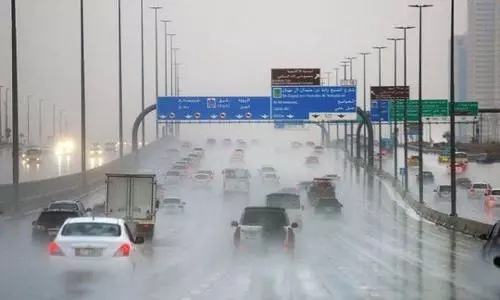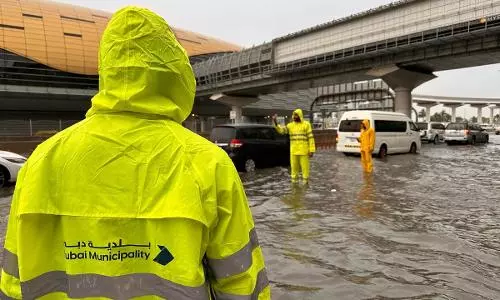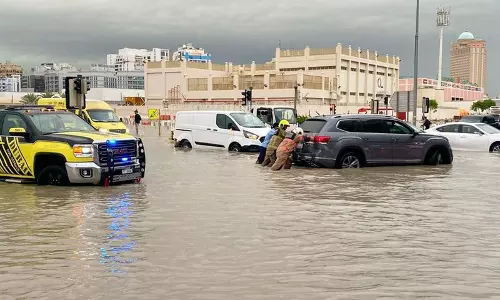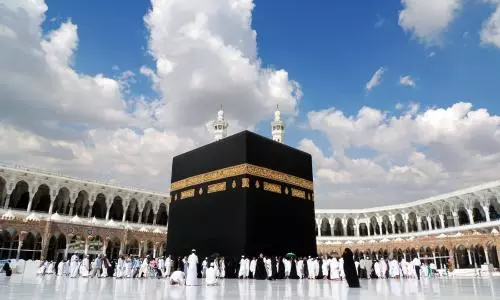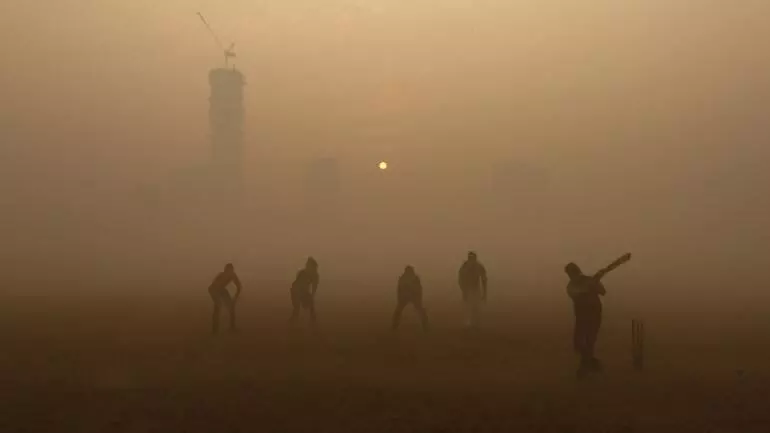
After Delhi, Kolkata to face brunt of winter air pollution
text_fieldsFollowing emergency measures taken in Delhi to reduce air pollution levels, the Bengali capital of Kolkata is now set to see an unprecedented rise in pollution levels as meteorologists spotted an anticyclone forming in the West Bengal region that could deteriorate air quality even further.
The wind patterns in an anticyclone system mean that the wind starts flowing clockwise in the Northern Hemisphere and counter-clockwise in the Southern Hemisphere. This circulation of winds does not allow pollutants to rise and dissipate as they normally would.
"As a result, pollutants transported from north-westerly winds from the northwestern plains along with the local pollutants, would get trapped over the earth surface. Hence, we can expect a sharp spike in the pollution levels. The weather system is expected to stay over West Bengal for the next 3-4 days and so will the pollution levels," said Mahesh Palawat, the vice-president of Meteorology and Climate Change at Skymet Weather as quoted by the Hindustan Times.
Pollution in Northern India is usually higher in the winter season due to wind patterns which are not conducive for lifting and carrying away air pollutants, leaving them to concentrate in places.
According to scientists, West Bengal bears the brunt of being situated on the eastern side of the northwestern plains of Delhi, Uttar Pradesh, Punjab and Haryana. The deteriorating air quality over this region, particularly during winters, is a cause of major concern, since the pollutants undergo long range transport from their source regions to the Indo-Himalayan Range, Bay of Bengal and other remote areas, polluting their pristine atmospheric conditions.
The city's pollution levels are expected to worsen soon as Particulate Matter 2.5 levels reached 272 on Sunday, which is listed as "Very Unhealthy". PM2.5 means the particulate matter is small enough to enter the lungs and cause disease.




